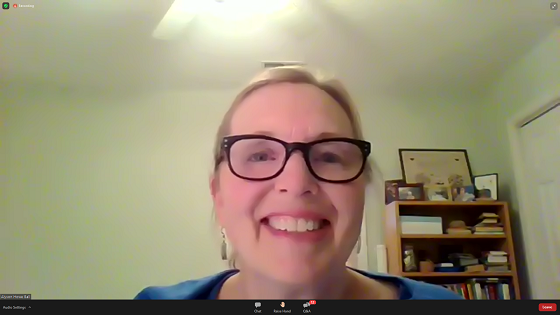U.S. Immigration – The Basics
Thursday, March 11th, 2021Current U.S. Immigration Law is based on the 1965 Immigration and Naturalization Act.
· US immigrant population changes over time
· How the US government operates and enforces US immigration law
· How US policy has affected our immigration situation today
· Current U.S. Immigration Law is based on the 1965 Immigration and Naturalization Act
· The national immigration questions we face today
· Current policies and practices
 Alyson Ball addressed these things at our March meeting, which marked the 25th anniversary of the founding of SSV. Ms. Ball earned a B.A. from Cornell University and an MBA from The Wharton School. After a career in corporate marketing and international strategy, she worked as a microfinance troubleshooter in Africa and Central Asia. Having moved to Charlottesville in 2003, Ms. Ball consulted with and taught nonprofit boards and their executive directors. Currently, Ms. Ball volunteers as a member of the Community Development Committee of the International Rescue Committee that resettles refugees in Central Virginia. For the last five years, Ms. Ball has spent winters in Southern Arizona and has studied U.S. Immigration — giving fact-based presentations about US immigration to the general public nationwide.
Alyson Ball addressed these things at our March meeting, which marked the 25th anniversary of the founding of SSV. Ms. Ball earned a B.A. from Cornell University and an MBA from The Wharton School. After a career in corporate marketing and international strategy, she worked as a microfinance troubleshooter in Africa and Central Asia. Having moved to Charlottesville in 2003, Ms. Ball consulted with and taught nonprofit boards and their executive directors. Currently, Ms. Ball volunteers as a member of the Community Development Committee of the International Rescue Committee that resettles refugees in Central Virginia. For the last five years, Ms. Ball has spent winters in Southern Arizona and has studied U.S. Immigration — giving fact-based presentations about US immigration to the general public nationwide.
The program was moderated by SSV Board Member Peyton Williams. The video of the program can be accessed by clicking here. Or listen to the podcast.
The meeting was held via Zoom.

Alyson Ball

Peyton Williams
Program Summary
From the beginning, Ms. Ball stated that she was not here to convince one of a policy, but rather provide a fact-based presentation. She began with a brief history of US immigration when all immigrants were accepted and it was easy to become a citizen to the 14th amendment after the Civil War where being born “in soil” led to citizenship to the 1965 Immigration and Naturalization Act where Family Preferences and Skills, Country Caps and temporary VISAs were the basis for laws, i.e., we let in people we want and whose skills we need.
There are about one million individuals seeking a pathway to citizenship. Of that group, three-fourths are family based, 140,000 are employment based and 130,000 are humanitarian. Detention Centers was another topic. These are operated by the Federal government (10%), local government (20%) and profit-making companies (70%). The average cost is $100-200/ per day. In discussing unauthorized immigrants, 42 percent overstay a legal border crossing, may have worked in the US for years and are essential frontline workers, not taking jobs from Americans, but rather doing jobs Americans won’t do and need to be done.
During Trump’s presidency over 1,400 changes were made to immigration policy through executive orders, federal registry rules, attorney general and budgetary decisions and international agreements. These policies were accomplished without changing any laws and many have been challenged in the courts. Biden through executive orders has reversed several including refugee caps, border wall and DACA restrictions.
In conclusion, Ms. Ball’s desire is to have Americans understand our immigration systems and work to make better immigration policy.
